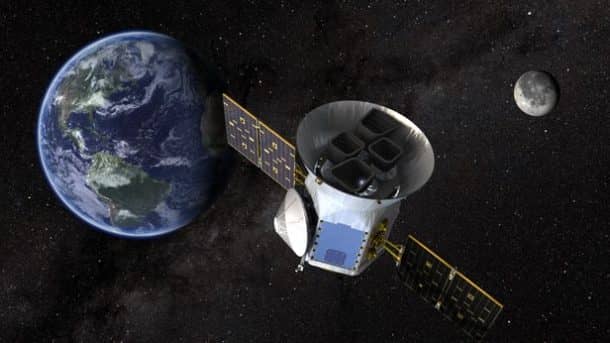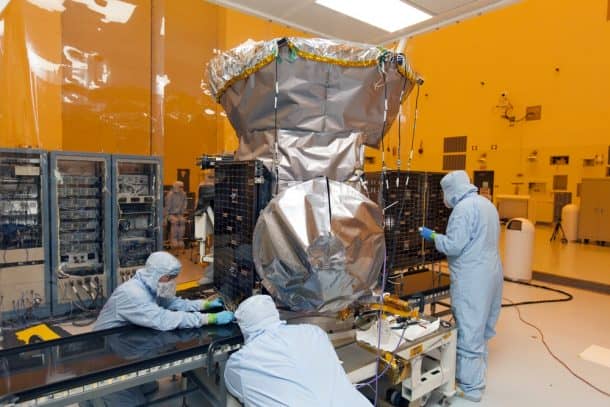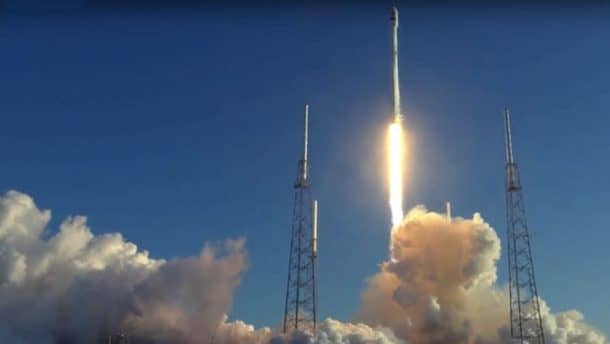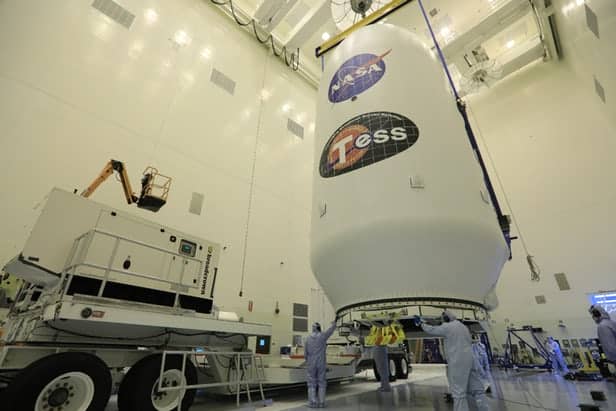NASA is constantly on the prowl to discover new planets beyond our solar system. The efforts have been kicked up a launch with the launch of TESS (Transiting Exoplanet Survey Satellite). It was launched from Cape Canaveral on top of a SpaceX Falcon 9 rocket. TESS is a successor of the Kepler Space Telescope and will survey more than 200,000 of the brightest stars in the neighborhood of our sun to search for exoplanets.

Finding exoplanets used to be one of the hardest things to do before the Kepler missions and the first one was discovered in 1992. Over 2,300 have been confirmed by the Kepler telescope and thousands more likely candidates are awaiting further study. However, the Kepler mission is coming to an end and it is time to put it to rest.
MIT’s Kavli Institute for Astrophysics and Space Research is leading the two-year long TESS mission. This mission is more ambitious than the last and will look at a wider variety of brighter stars closer to the Earth. It will look at over 200,000 stars in an area of the sky 400 times greater than surveyed by Kepler. This area will be divided into 26 sectors and according to NASA 27 days will be spent studying each sector.

TESS will use the transit method to hunt for exoplanets. This means that it will monitor the brightness of stars and measure any dips seen in their light curves. Analyzing this is details allows scientists to deduce the size, orbit, mass, and composition. These stars will be 30 to 100 times brighter than those seen by the Kepler telescope. Scientists are also estimating that 300 Earth-like planets will be discovered during the primary mission.

The launch of the satellite went off without a hitch and went exactly as it was planned with the Falcon 9 first stage returning to Earth in a controlled landing marking the 24th Falcon 9 landing. You can watch the video of the launch below:


